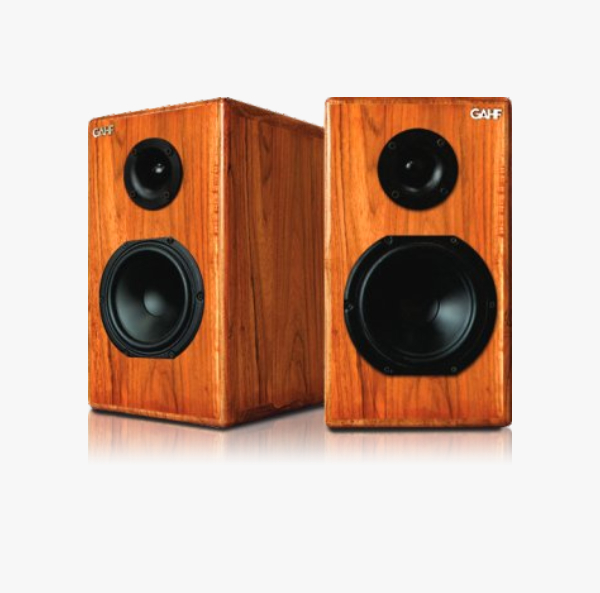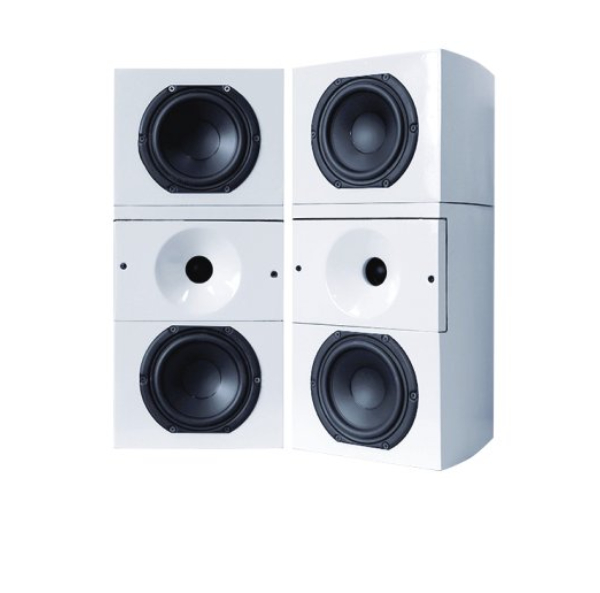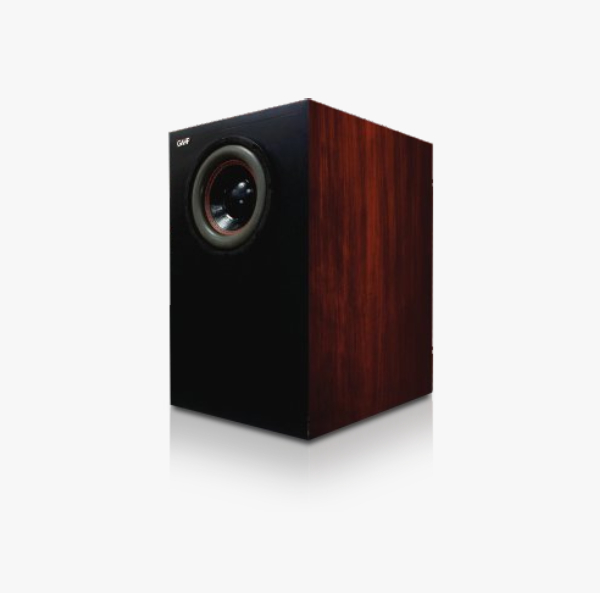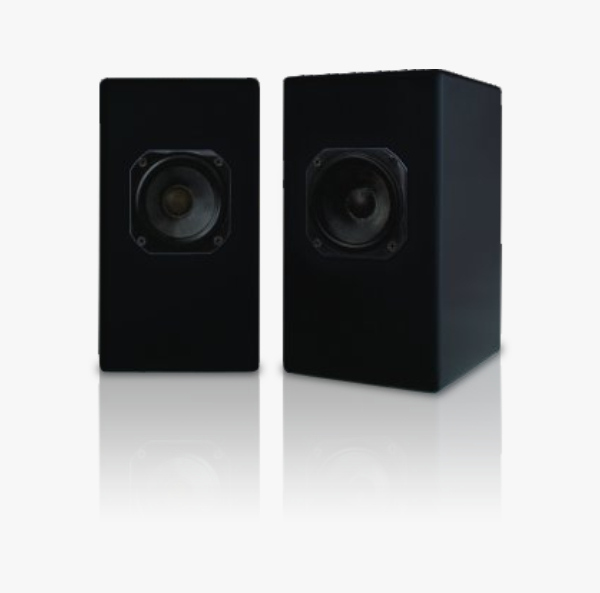Surround Sound | Everything You Need To Know (In 5 Minutes!)
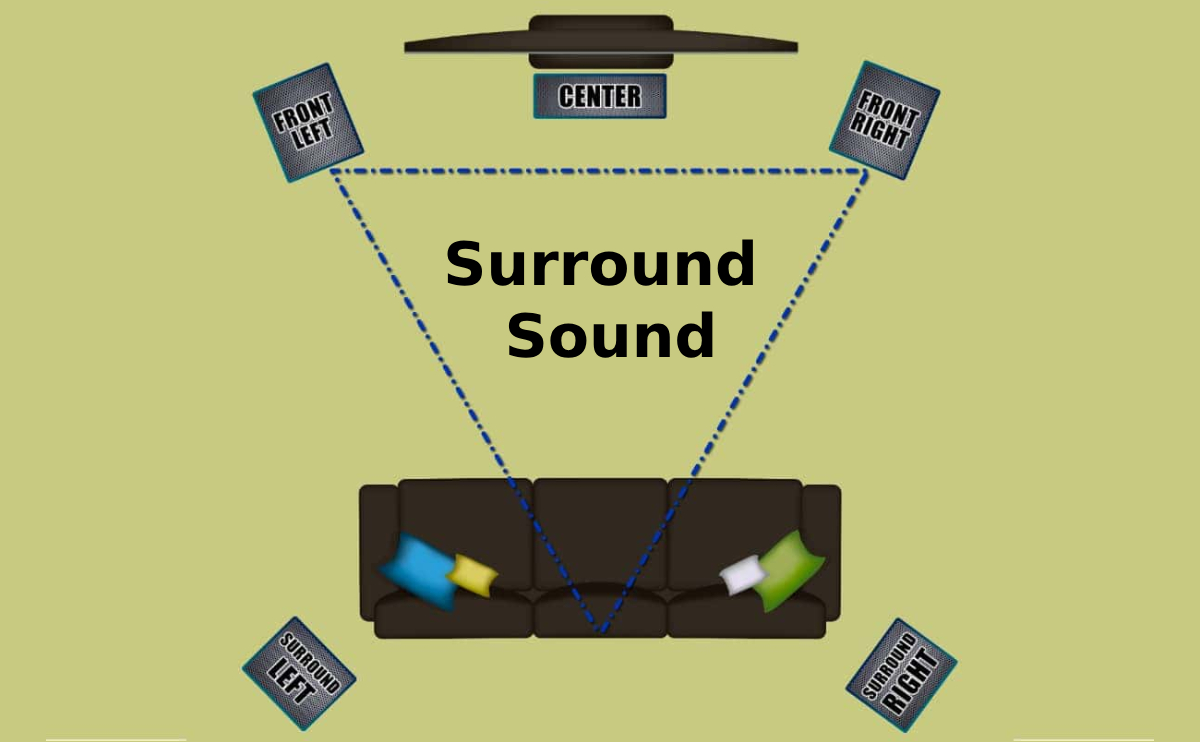
Surround sound technology keeps changing fast. From basic stereo to complex setups with height channels, it can be hard to keep track. Knowing what each configuration offers helps you get the best sound for your space. This guide will explain common formats, what they mean, and how to set up your surround sound system properly.
What Are Surround Sound System Configurations?
Understanding Audio Channel Notation
Numbers like 3.1, 5.1, and 9.1.2 show how many audio channels your system has. The first number indicates the main sound channels. The second is the low-frequency effects (LFE) — the bass or subwoofer channels. The third number shows how many overhead or height channels are included.
For example:
- 5.1 means five main speakers and one subwoofer.
- 7.1.2 adds two rear surround channels and two height speakers.
Knowing these numbers helps you pick the right system for your needs
Our Products for Surround Sound
Ara 209 Bookshelf 2 Way Full Teak Wood Hand Polished
Corvus 201 Bookshelf 2 Way Sandwhich Curved Enclosure
Cygnus G701 Sub Woofer Automotive Paint
Vela G6 Full Range SPL Compact Laminated
Primary Channels: Horizontal Sound Localization
Primary channels create sound from across the room—not just in front. They include left, right, center, surround, wide, and rear speakers. As you add more primary channels, sounds seem to come from all around you. That makes movies and games feel more real.
Low Frequency Effects (LFE) Channels: Bass and Subwoofers
LFE channels handle deep bass sounds. They are not the same as regular speakers. Instead, the LFE channel often goes to a subwoofer, which produces those booming low notes. The number in the system tells you how many LFE channels there are, not how many subwoofers.
In a 2.1 system, the last number indicates one subwoofer. In a 7.1.2 system, you could have multiple subwoofers for better bass response.
Overhead and Height Channels
Overhead channels put sound above you, creating a three-dimensional experience. These can be ceiling speakers or upward-firing speakers that bounce sound off the ceiling. They are a key part of setups like Dolby Atmos, making it feel like sounds are coming from above.
Common Surround Sound Formats and Their Differences
2.0 and 2.1 Stereo Systems
This is the simplest setup: two speakers, left and right. Adding a subwoofer creates a 2.1 system, which enhances bass. The ideal listening spot is in a triangle with equal distance from both speakers. It’s perfect for music or small rooms.
3.1 System: Adding the Center Channel
A 3.1 system adds a dedicated center speaker. This one explains why dialogue sounds clearer. It sits directly in front of you, making speech more natural and easy to understand.
5.1 System: The Home Theater Standard
Most homes use a 5.1 system. It features:
- Left, center, and right primary speakers
- Two surround speakers
- One subwoofer
This arrangement gives good sound localization and a more immersive experience. It makes movies feel more lifelike.
7.1 and Higher Configurations
Adding rear surround speakers in a 7.1 system extends the sound field behind you. Some setups even include multiple subwoofers, so bass is tight and evenly distributed. These setups are great for larger rooms or serious home theaters.
Dolby Atmos and Object-Based Sound
Dolby Atmos changes the game. Instead of assigning sounds to specific channels, it treats each sound as an object. This means a helicopter or rain can move smoothly across the room, no matter the speaker layout. Height speakers—either on the ceiling or upward-firing—are essential for Atmos. They add a new level of immersion, making sound come from above and all around.
How to Make Your Surround Sound Setup Better
Speaker Placement Tips
Position primary speakers at ear level, forming a triangle with your listening spot. Surround speakers should be placed slightly behind and to the sides. Overhead speakers go directly above or reflected off your ceiling. Keep distances consistent for even sound.
Calibrating Your System
Use calibration tools or professional help to set speaker levels and delays. Proper tuning ensures sounds are balanced and anchored correctly. Take the time to calibrate for the best experience.
Picking the Right Configuration for Your Room
Assess your space’s size and shape. Smaller rooms might benefit from simpler setups, while bigger rooms might need more channels. Focus on adding more primary channels for precise sound or overhead channels for height effects, depending on your priorities.
Signal and Connection Tips
Use HDMI connections for transmitting high-quality surround sound signals. They carry discrete channels, which is vital for Dolby Atmos and DTS:X. Older connections like optical or RCA only support stereo and won’t deliver true surround sound.
Content Compatibility
Always check if your movies, TV shows, or music are mixed in surround formats. Native content offers the best experience. Upmixed signals can work — but they won’t sound as authentic as native surround mixes.
Advanced Topics in Surround Sound and Home Theater Setup
The Future of Surround Sound
Next-gen formats might include even better object-based mixing and wireless speaker options. Keep an eye on updates in home theater tech for more seamless, immersive experiences.
DIY Calibration vs. Professional Help
You can calibrate at home with tools and apps, but professional calibration offers high precision. For complicated setups, investing in expert tuning can make a noticeable difference.
Troubleshooting Common Issues
Problems like echo, imbalance, or sound delay often come down to placement or calibration. Double-check speaker positioning, connections, and settings. Sometimes, simple adjustments fix most issues.
Conclusion
Understanding what surround sound configurations mean helps you create a better home theater experience. Knowing the roles of primary, LFE, and overhead channels lets you choose the right setup. Proper placement and calibration make all the difference. Remember, native surround content sounds best—so pick your movies or shows accordingly.
For a foolproof way to start, download a free speaker placement guide from audiouniversityonline.com. Take your home cinema to the next level and enjoy richer, more immersive sound today.

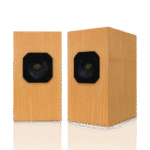 Sub Woofers
Sub Woofers Bookshelf Speakers
Bookshelf Speakers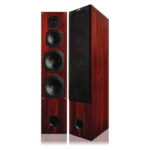 3 Way Tower Speakers
3 Way Tower Speakers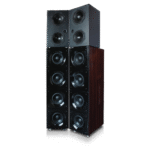 4 Way Tower Speakers
4 Way Tower Speakers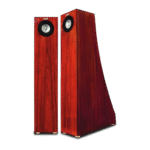 Full Range Speakers
Full Range Speakers